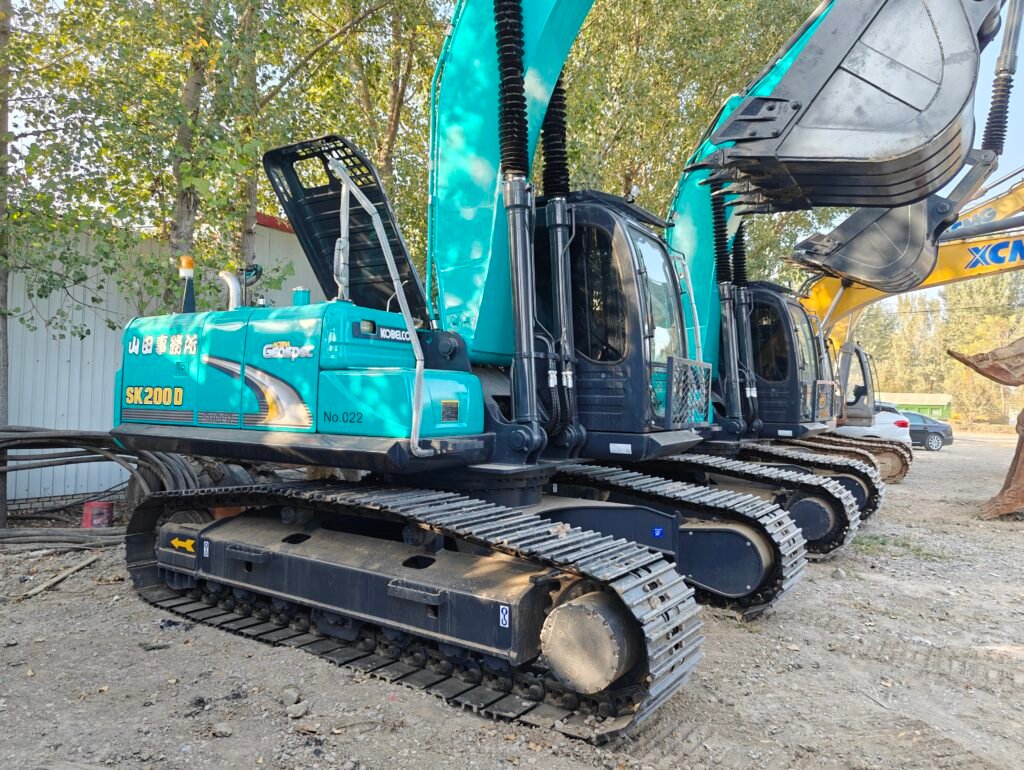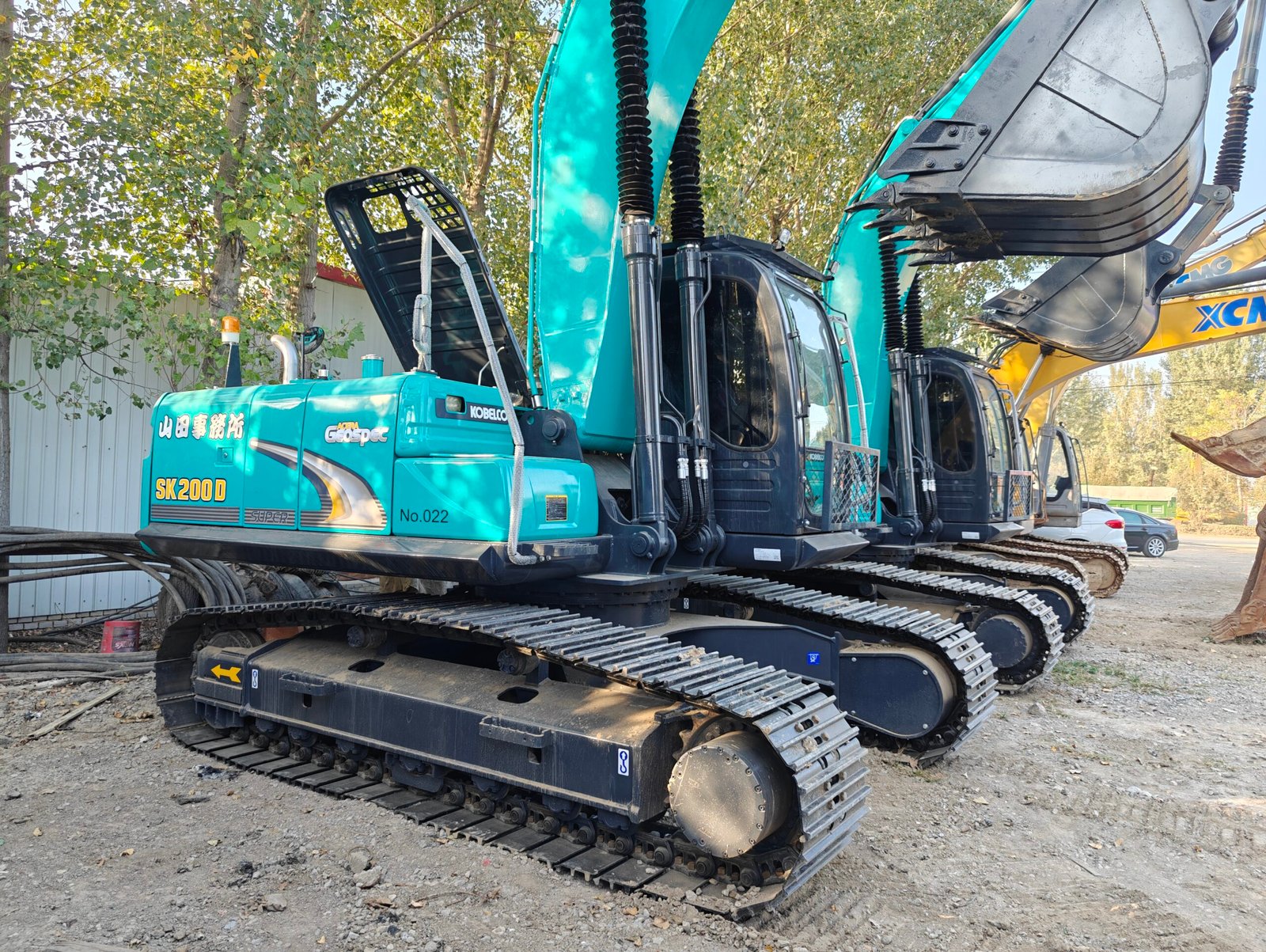I. Introduction
A. Understanding the Importance of Excavators in Engineering Projects
Excavators are indispensable equipment in modern engineering projects, widely used in construction, civil engineering, mining, and infrastructure development. Their versatility allows them to perform various tasks such as digging, transporting, clearing, and filling. Choosing the right excavator that meets project requirements is crucial for improving work efficiency, shortening project timelines, and reducing costs.
B. The Necessity of Determining Demand and Budget
Reasonable planning is key to success before making any investment. Determining the demand and budget for excavators helps avoid waste of funds and resource shortages, ensuring that projects can proceed smoothly. By comprehensively assessing project needs, equipment performance, and budget range, businesses can make more informed purchasing decisions and maximize their return on investment.
II. Determining the Demand for Excavators
A. Project Type Analysis
Different types of projects have varying demands for excavators. For example, construction projects may require smaller and more flexible excavators for operation in tight spaces, while large civil engineering and mining projects typically need larger excavators to enhance efficiency and production capacity. Analyzing project types in detail helps clarify the type and specifications of equipment needed.
B. Working Environment Assessment
The working environment is crucial in selecting excavators. Different soil types (such as clay, sand, or rock), climatic conditions (such as high temperatures, heavy rainfall, or cold), and terrain (flat or steep) can all impact equipment performance and durability. Assessing the working environment ensures the selection of suitable equipment, thereby improving operational efficiency and safety.
C. Equipment Performance Requirements
Determining the performance requirements of excavators is a key factor in selecting the right equipment. This includes specifications such as engine power, digging depth, maximum load capacity, and working range. Understanding these performance indicators helps businesses choose equipment that meets project needs, ensuring smooth project execution.
D. Considering Future Needs
When determining equipment demand, it’s also essential to consider long-term needs and potential expansions. Businesses may face subsequent project requirements or may need to increase tasks in the current project. Therefore, evaluating future needs will help select equipment that is flexible and adaptable, reducing the need for future re-investment.

III. Selecting Suitable Models and Specifications
A. Classification of Excavator Models
The market offers various excavator models, primarily categorized into small, medium, and large excavators. Small excavators are suitable for operations in confined spaces, medium excavators are ideal for general earthworks, and large excavators excel in large-scale infrastructure and mining projects. Understanding the applicable scenarios for different models helps make more precise selections.
B. Comparison of Specifications
Comparing technical parameters of different models is crucial when choosing the right excavator. Key parameters include engine power, hydraulic system performance, working range, and turning radius. By comparing these parameters, businesses can evaluate the advantages and disadvantages of each model in practical applications, thus selecting the best equipment.
C. Reputation of Brands and Manufacturers
The importance of choosing reputable brands and reliable manufacturers cannot be overstated. Well-known brands typically offer higher-quality equipment and better after-sales service, reducing the risk of equipment failure. Additionally, selecting reputable manufacturers ensures warranty coverage and the availability of spare parts, thereby minimizing maintenance costs in the future.
IV. Determining Quantity and Budget Range
A. Calculating Required Quantity
Calculating the number of excavators needed based on project scale and timeline is an essential part of project planning. By analyzing the complexity of tasks and required work hours, businesses can allocate the right number of machines to ensure timely project completion. Moreover, considering equipment usage efficiency and idle time can help avoid resource wastage.
B. Setting the Budget Range
Establishing a budget range is crucial for ensuring the smooth progress of a project. The budget should include not only equipment purchase costs but also maintenance, insurance, and operational costs. Reasonable budget planning helps businesses make wiser decisions during equipment procurement, avoiding financial strain.
C. Exploring Financing Options
In cases of limited funding, exploring available financing options is an effective way to reduce initial investment pressure. Common financing options include equipment leasing, installment payments, and rent-to-own plans. Understanding the pros and cons of these financing solutions can assist businesses in selecting the most suitable funding options, ensuring project success.

V. Risk Assessment and Management
A. Market Price Fluctuations
The prices of excavators in the market may be affected by various factors, including supply and demand, economic conditions, and policy changes. Therefore, assessing market price fluctuations and their impact on the budget is crucial. Businesses should stay informed about market trends to adjust procurement plans in a timely manner.
B. Equipment Failure Risks
Equipment failures can significantly impact project timelines and budgets. Understanding common equipment failures and their repair costs can help businesses develop more effective maintenance plans, reducing failure risks and ensuring timely project delivery.
C. Changes in Policies and Regulations
Understanding potential changes in policies and regulations that may affect equipment procurement and usage is also an essential part of risk management. Regularly monitoring relevant policy changes and ensuring compliance can help businesses mitigate legal risks and potential financial losses.
VI. Conclusion
A. Summary of Determining Demand and Budget
Comprehensively considering demand and budget is vital for the successful execution of projects. By analyzing project types, working environments, equipment performance, and future needs, businesses can clarify the specific requirements for excavators and applicable budget, thereby optimizing procurement decisions.
B. Practical Recommendations
When determining excavator demand and budget, it is advisable for businesses to consult with industry experts to obtain professional opinions. Additionally, maintaining awareness of market dynamics and policy changes ensures that informed decisions can be made in the procurement of equipment, maximizing return on investment.



